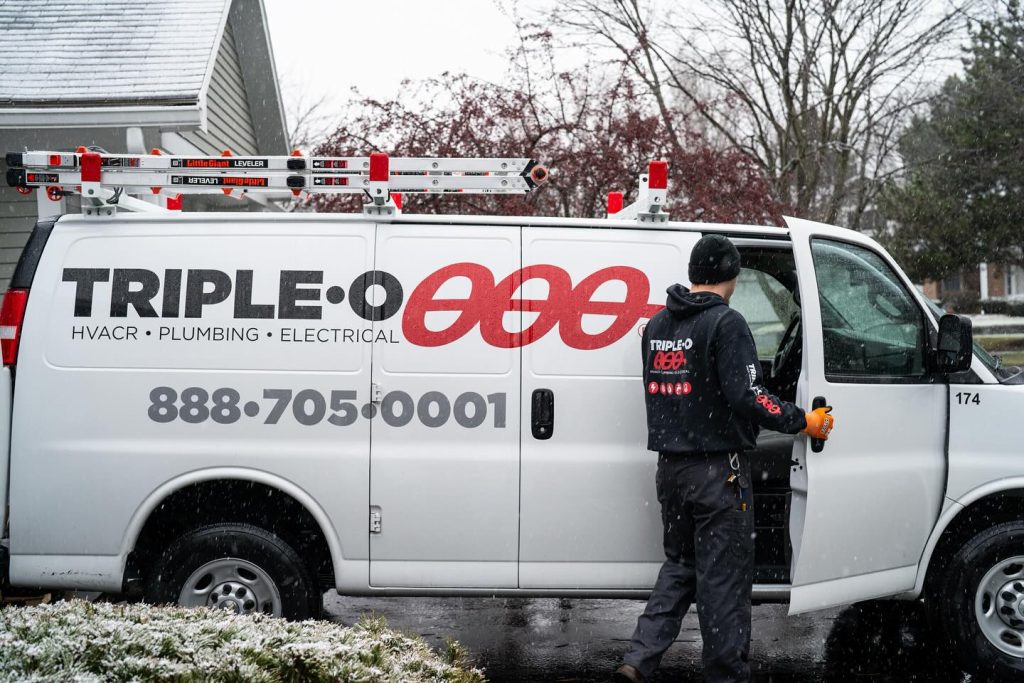You’re looking to replace your current furnace at the first convenient time, and you think you might want one of the newer high-efficiency models. We definitely recommend looking into high-efficiency furnaces, and we have some education about these heating systems that can help you.
What Qualifies as “High-Efficiency”?
The efficiency of a furnace is measured as AFUE (Annual Fuel Utilization Efficiency), which is a percentage that expresses how much of its fuel source a particular furnace converts into heat energy. For example, a furnace with 80% AFUE will convert 80% of the natural fuel it burns into heat that enters the home, while 20% of the burned fuel will be lost as exhaust.
For a furnace to be considered high-efficiency according to the standards of the US Department of Energy, it must have an AFUE rating of 90% or higher. The maximum AFUE of modern gas furnaces is 98.5%. (Electric furnaces have 100% AFUE, but that’s because they don’t combust fuel. They aren’t considered “high-efficiency” systems.)
How Do High-Efficiency Furnaces Achieve Their Efficiency Levels?
High-efficiency furnaces have several features designed into them that reduce the amount of energy that goes to waste when they’re operating:
- Condensing Technology: This technology extracts additional heat from the combustion gases. In a mid-efficiency furnace, water vapor in the exhaust gases escapes through the flue. In a condensing furnace, this water vapor moves to a second heat exchanger, where it’s condensed back into liquid form. This releases even more heat—essentially “squeezing” the combustion gases for all the heat they can produce.
- Multi-Stage or Modulating Burners: Many high-efficiency furnaces use two-stage or modulating burners. These systems can adjust the intensity of the flame based on the heating needs of the home. During milder weather, the furnace operates at a lower capacity. This not only helps to save energy, it allows for more precise temperature control with fewer fluctuations.
- Variable-Speed Blower Motors: Similar to the multi-stage/modulating burners, variable-speed blower motors can adjust their speed to match a home’s comfort requirements, creating a more even distribution of warm air throughout the rooms while cutting down on energy consumption.
- Sealed Combustion: High-efficiency furnaces usually have sealed combustion systems, where the air used for combustion is drawn from outside the home rather than from the air inside. This design minimizes the risk of air leaks and improves efficiency by preventing too much heat from escaping the combustion chamber.
- Improved Heat Exchangers: The heat exchangers in high-efficiency furnaces are designed to extract more heat from the combustion process. These heat exchangers are made from materials that conduct heat well and are more resistant to corrosion.
Will a High-Efficiency Furnace Save Me Money?
Switching to a high-efficiency furnace can save you money in reduced energy bills. However, it is not guaranteed to do so. If you have a high-efficiency furnace that isn’t correctly sized and installed for your home, it will end up wasting power. Efficiency doesn’t mean much if your furnace is running more than it should! Also keep in mind that high-efficiency furnaces are more expensive to purchase upfront.
If you’re interested in a high efficiency furnace installation in Rochester, NY, please work with our professionals. We can help determine the best type of high-efficiency furnace to meet your needs.
Call Triple-O Mechanical: Your One-stop Shop for HVAC, Plumbing and Electrical.

